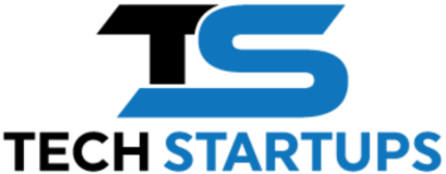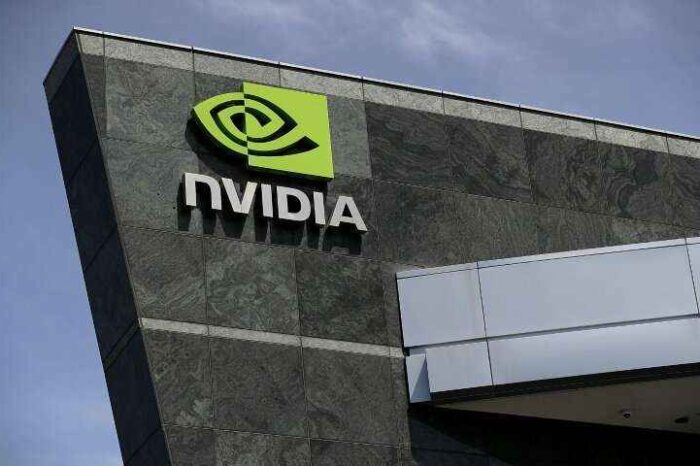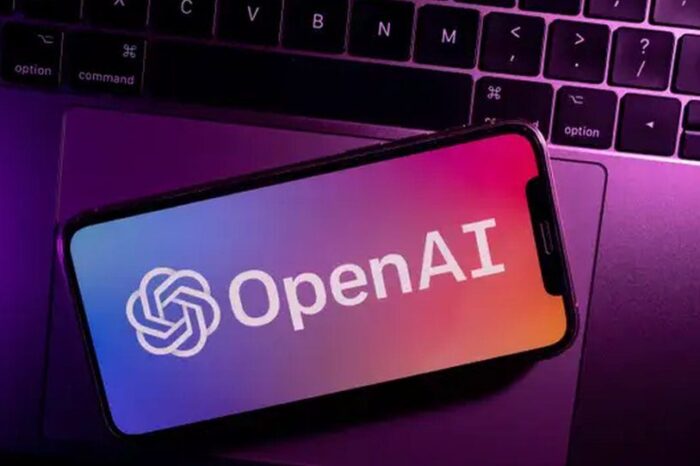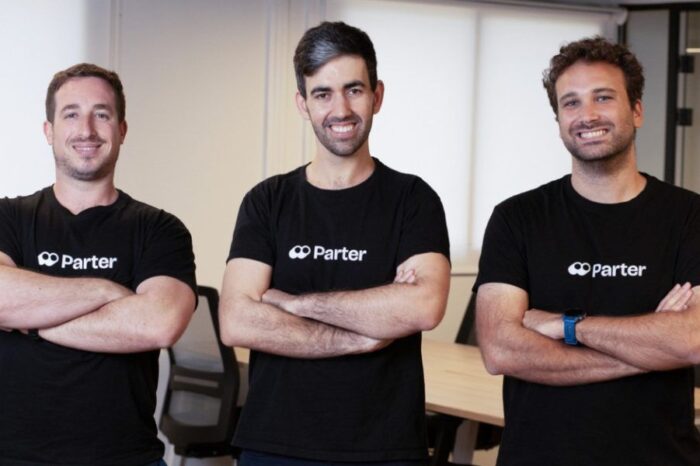YouTube to demonetize AI-generated videos starting July 15

The era of easy money from AI-generated videos on YouTube may be coming to an abrupt end for millions of creators.
Starting July 15, 2025, YouTube is rolling out a major change that will reshape how creators earn money on the platform. The new policy draws a hard line around what counts as monetizable content, and anything that relies too heavily on automation—or skips the human touch altogether—is getting cut off from ad revenue.
YouTube confirmed the policy shift in an update on its official support site, saying it plans to revise its monetization rules to focus more strictly on what it defines as “original” and “authentic” content. The new guidelines take effect on July 15 and will specifically target videos that YouTube views as mass-produced or repetitive.
“In order to monetize as part of the YouTube Partner Program (YPP), YouTube has always required creators to upload ‘original’ and ‘authentic’ content,” the company wrote on its support page. “On July 15, 2025, YouTube is updating our guidelines to better identify mass-produced and repetitious content. This update better reflects what ‘inauthentic’ content looks like today.”
YouTube Declares War on AI-Generated Content: Demonetization Starts July 15
The move could hit channels built around AI-generated videos, recycled clips, or reaction-based content, especially those churning out uploads with minimal editing or unique value. What’s still unclear is how YouTube will define “mass-produced” or “repetitious” in practice, or how consistently the new policy will be enforced across different genres.
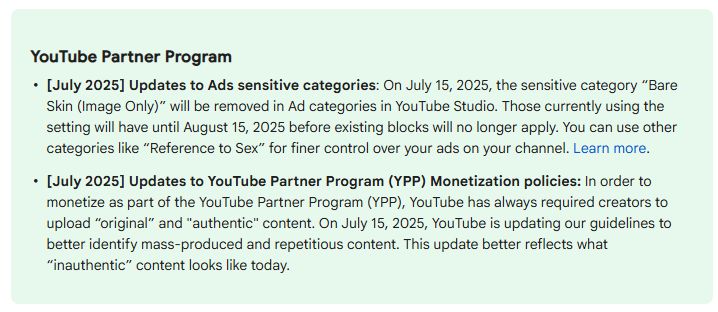
Here’s a summary of the policy changes starting July 15:
- No AI-generated voiceovers
- No Low-effort slideshows
- No recycled or repurposed videos
- No mass-produced reaction content
- No copy-paste or minimally edited uploads
If your channel leans on AI voiceovers, repurposed clips, or low-effort uploads, this update could hit your bottom line fast. YouTube is tightening the rules with one message in mind: real people, real content, or no payout.
Under the new guidelines, YouTube will demonetize videos that fall into categories like reused content with minimal changes, compilations or reuploads, AI-generated narration, and uploads that lack original value—think slideshows or unedited stock clips. The company is trying to curb what it sees as a flood of bland, recycled, or bot-created content that’s clogging feeds and turning away viewers.
It’s no secret that YouTube’s algorithm has long rewarded engagement above all else, and that’s helped a wave of clickbait and AI-produced videos rake in views—and ad dollars. But with more creators leaning on automation tools to churn out videos in bulk, YouTube is stepping in to clean up the mess. Advertisers are pushing for content that actually connects with audiences, and viewers are tired of sorting through videos that feel more spammy than creative.
The new rules are already sparking debate across X and Reddit. Some creators are cheering the move, calling it a necessary reset. Others are nervous about how YouTube will define “low effort” or whether the enforcement will be fair. One gray area, in particular, is whether partial use of AI tools—like voice enhancement or script assistance—will trigger demonetization or slip through.
For creators who’ve built their channels on storytelling, teaching, or original content, this could be a boost. YouTube is clearly trying to reward creators who put in the time and show their face or voice, not those who rely on voice clones and generic AI scripts. But for channels that have found success riding the AI wave, the clock is ticking. July 15 is the cutoff, and those who don’t adjust may see their revenue disappear overnight.
The change reflects a bigger shift in how platforms are thinking about content and authenticity. As AI tools become more accessible, the value of human-made content is rising. YouTube’s bet is clear: real creators, real voices, and real ideas will win out.
For more details on what’s allowed and what’s not, creators can check the official YouTube Help Center or the Creator Insider blog. But the message is already loud and clear—if you’re phoning it in or letting AI do the work, it’s time to rethink your strategy.
July 10 Updates:
